In ViveCon virtual event 2021. HTC announced HTC Vive Focus 3 VR headsets, builds upon the original Focus and Focus Plus with an all-new design.
Specs of Vive Focus 3
Headset Specs
| Screen | Dual 2.88″ LCD panels |
| Resolution | 2448 x 2448 pixels per eye (4896 x 2448 pixels combined) |
| Refresh Rate | 90 Hz |
| Field of view | Up to 120 degrees |
| Audio | Dual microphones with echo cancellation
2x Dual driver with patented directional speaker design Privacy Mode Hi-Res Certified 3.5mm audio jack output |
| Inputs | Dual integrated microphones
Headset button |
| Connections | 2x USB 3.2 Gen-1 Type-C peripheral ports (External USB-C port supports USB OTG)Bluetooth 5.2 + BLE Wi-Fi 6 |
| Sensors | 4x Tracking cameras
G-sensor Gyroscope Proximity sensor |
| Ergonomics | Perfect weight balance provides comfortable long-session use
Ergonomically curved battery module mounted in the rear as counterweight Magnetically-attached front gasket and rear padding with easy to clean PU leather trim 150mm-wide facial interface accomodates wide eyeglasses Eye comfort adjustment supporting IPD range of 57mm to 72mm Patented Quick-Release Headstrap design with easy-to-use adjustment dial |
| Battery | 26.6Wh Battery – removeable & swappable
Lightweight and quickly rechargeable with Lithium-Polymer Gel chemistry Designed and molded with an ergonomic curve |
| Tracking | VIVE Inside-out Tracking
Up to 7x7m play space recommended |
Controller Specs
| Sensors | Hall sensors on Trigger and Grip buttons
Capacitive sensors on Trigger, Joystick, and Thumb-rest area G-Sensor Gyroscope |
| Input | Ergonomic Grip button
Analog Trigger button AB / XY buttons System / Menu buttons Joystick |
| Battery | Up to 15 hours of battery life
Integrated rechargeable battery (charged via USB-C) *All battery claim results will vary. Battery life and charge cycles vary by use |
All you need to work in VR
HTC’s previous standalone headsets used Qualcomm’s Snapdragon 835 – Qualcomm’s 2017 flagship.
Vive Focus 3 makes the 3-generation jump to Snapdragon XR2, also seen in Facebook’s Oculus Quest 2. It’s a variant of the 865 designed specifically for headsets.
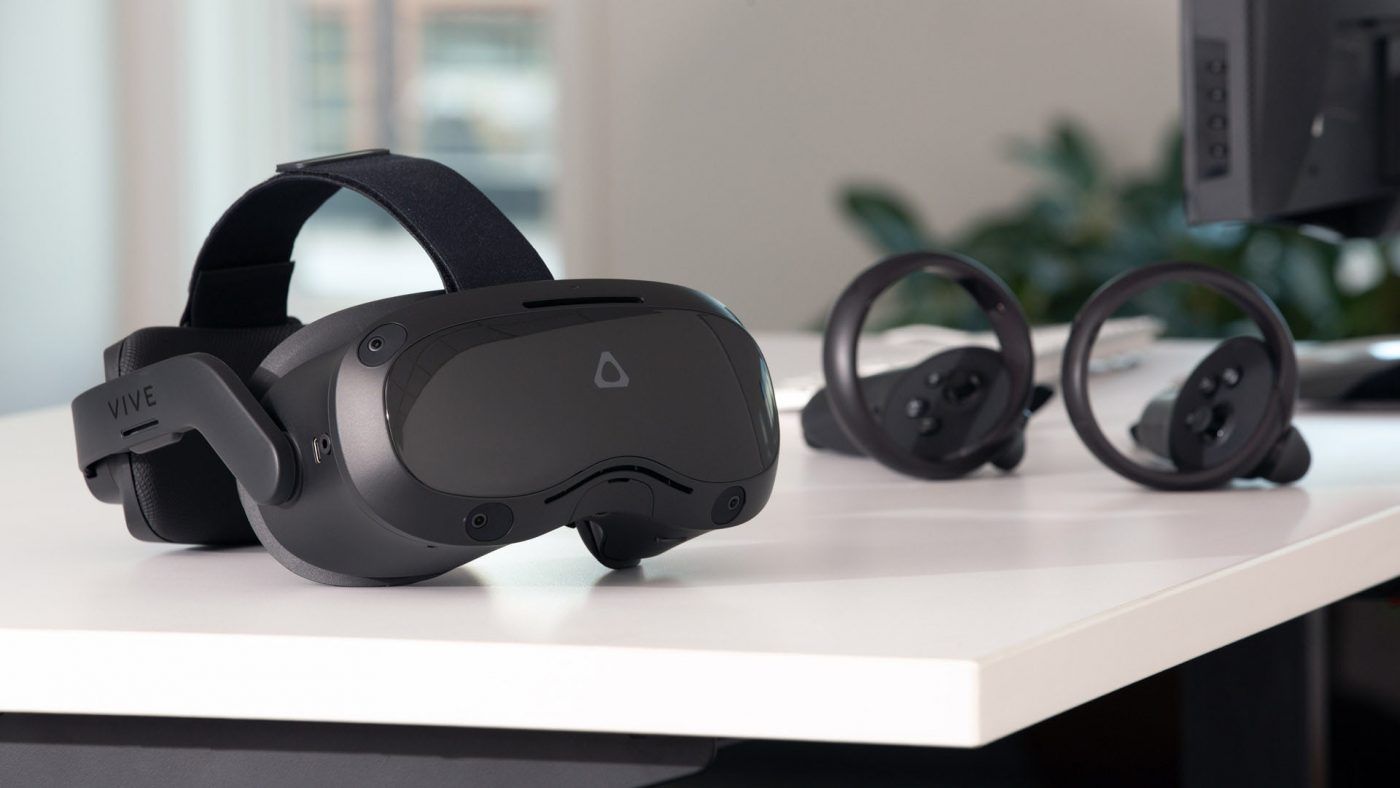
The headset’s battery is located in the rear section rather than in the front. That should mean a less heavy feeling headset with more balanced weight distribution.
The battery is removable, enabling businesses with a spare battery to use the headset all day with only seconds of downtime.
Visible LEDs on the back let you see how much battery is left without needing to put on the headset. HTC says it supports fast charging, going from 0% to 50% in 30 minutes.
Unlike most other VR controllers, the battery is not removable. Each controller is charged via the USB-C port at the bottom. HTC claims 15 hours of battery life.



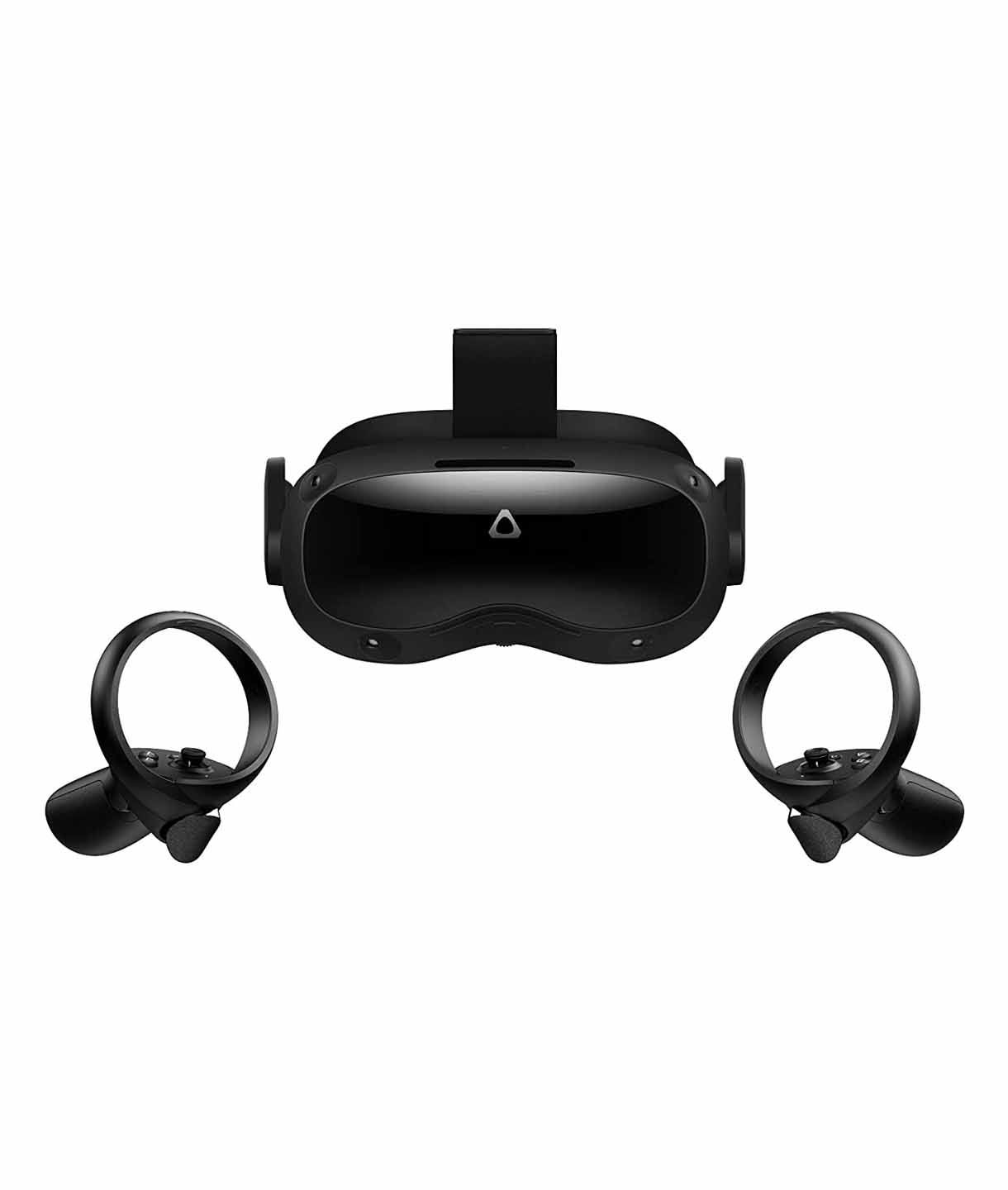
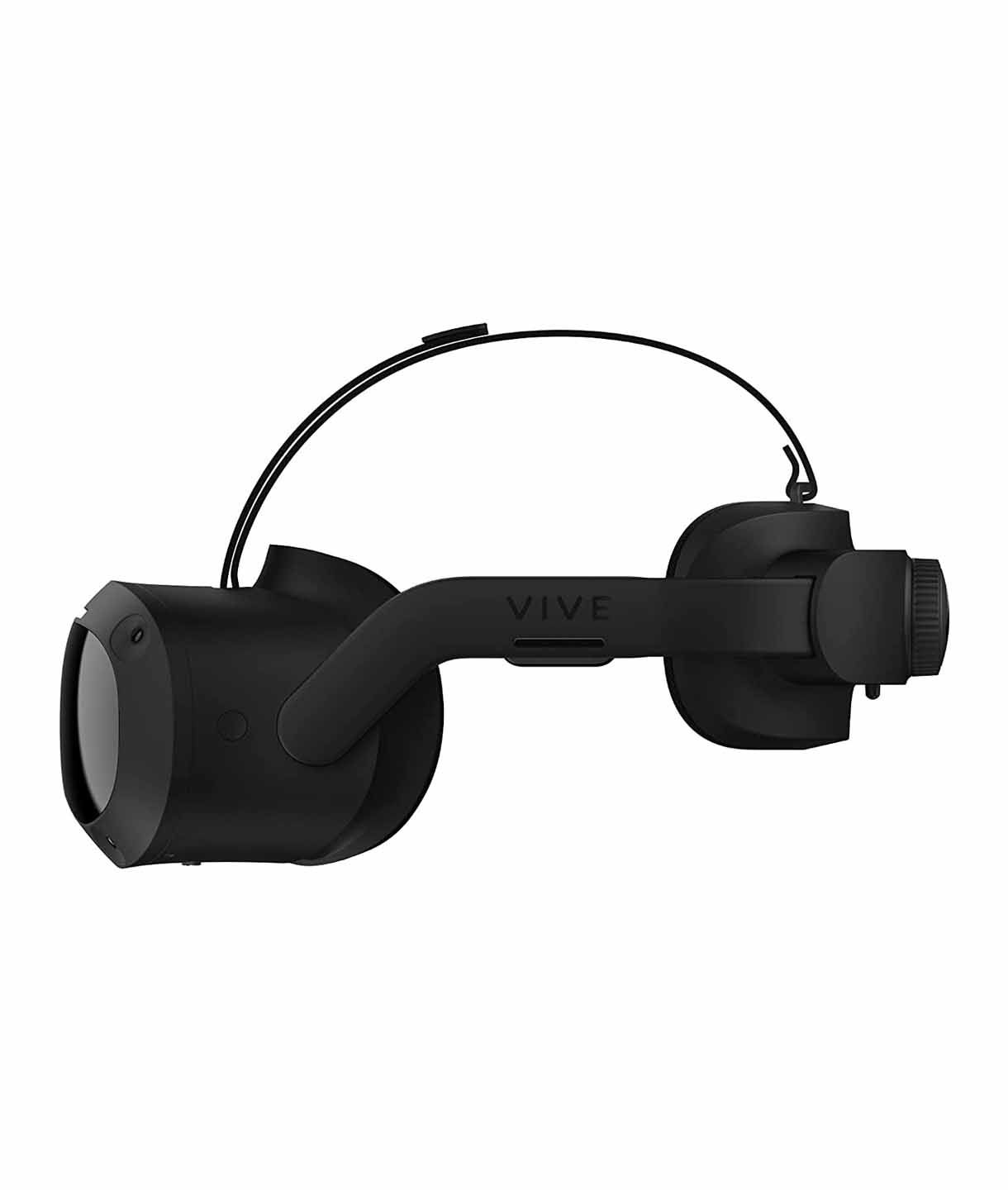
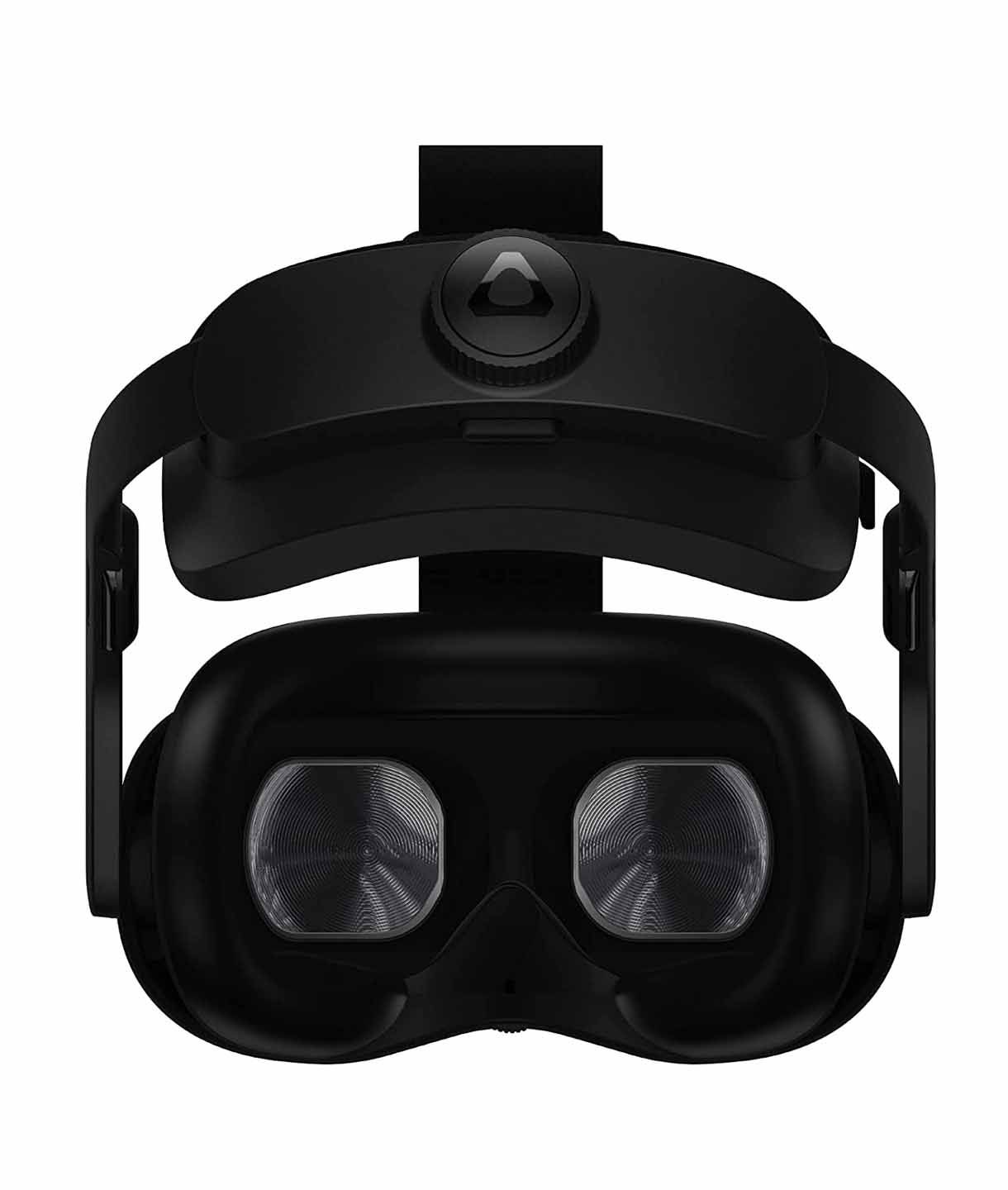
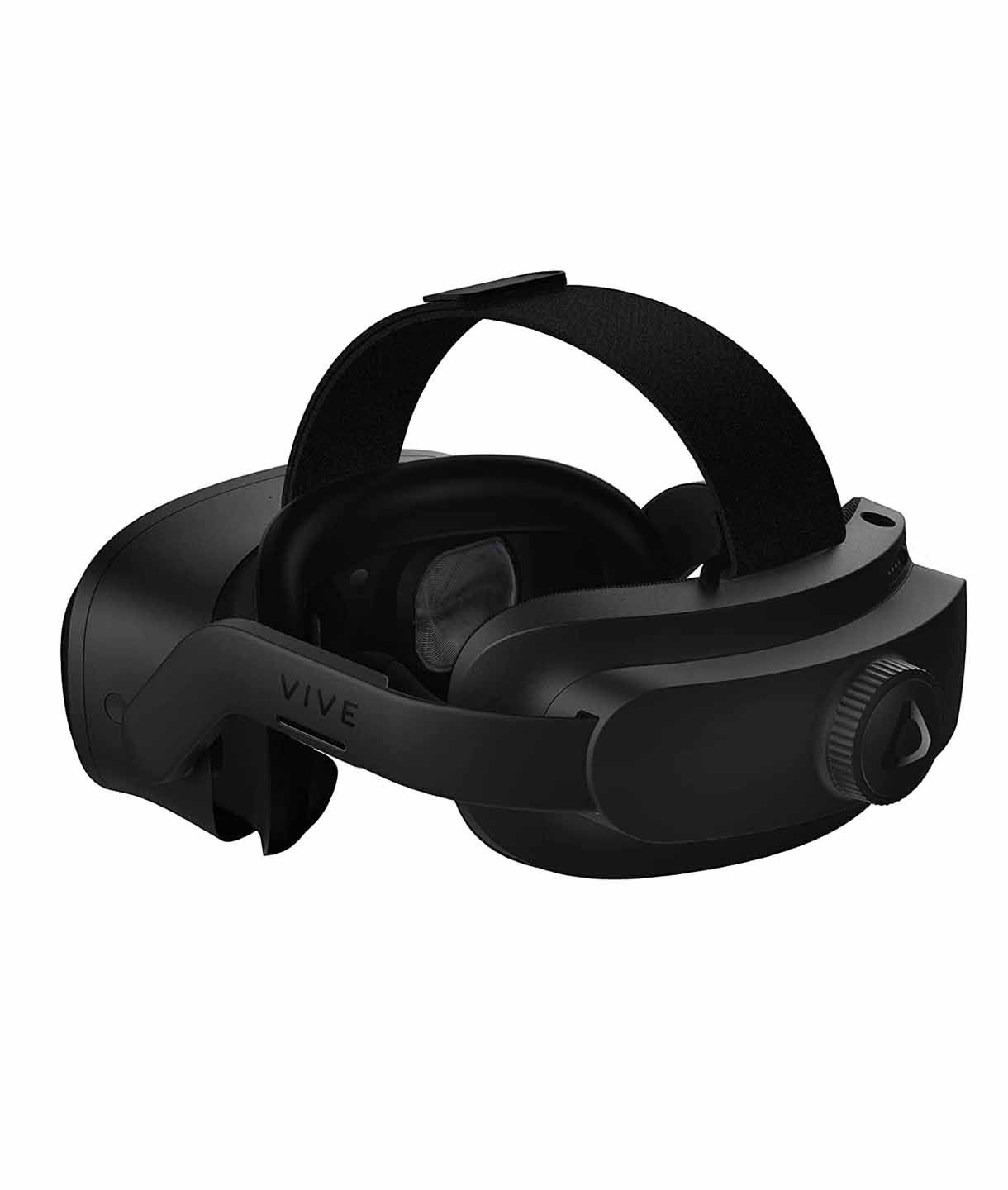
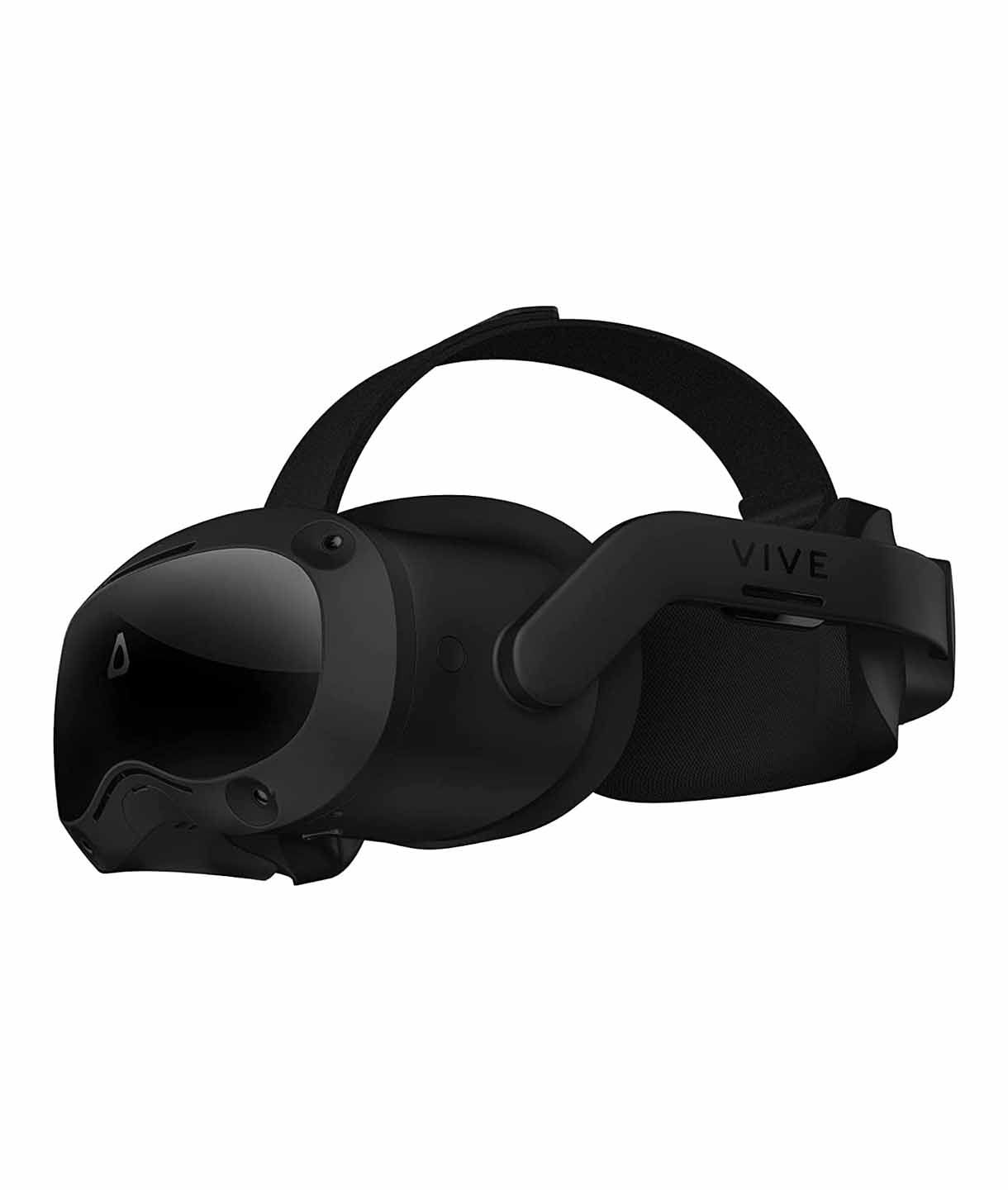
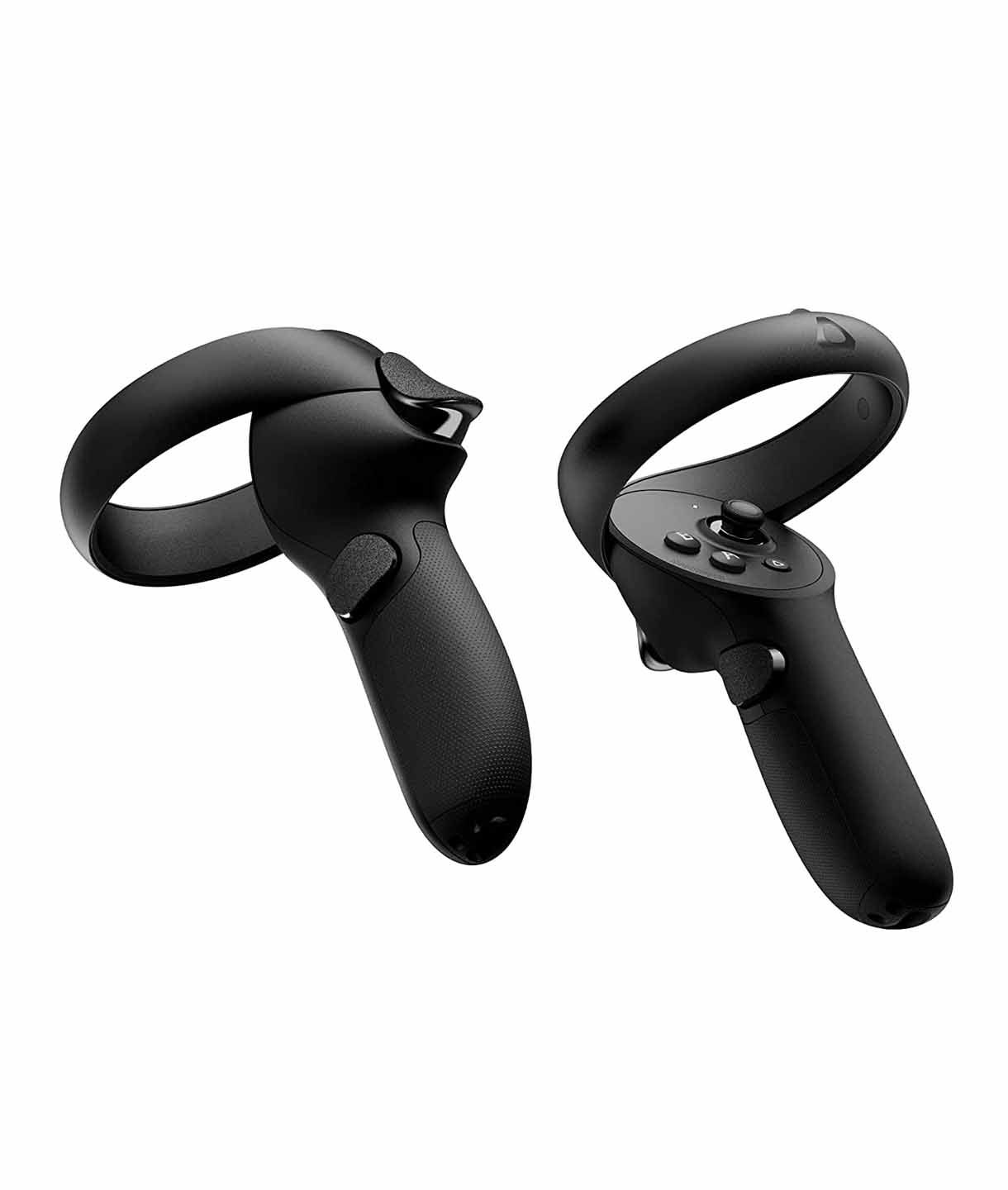
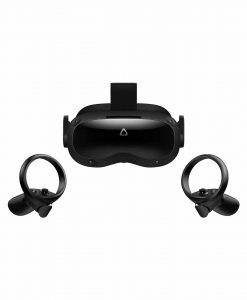
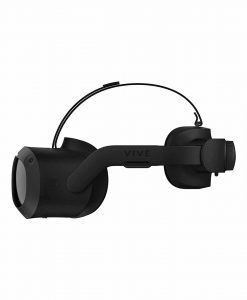
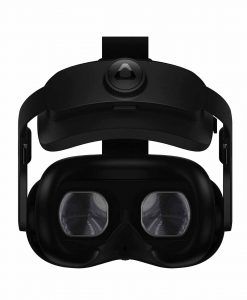
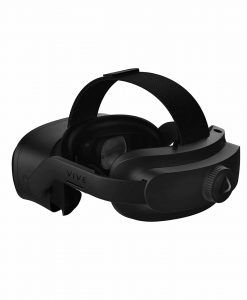
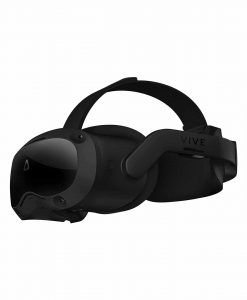
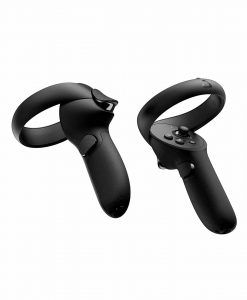

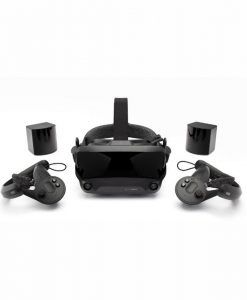
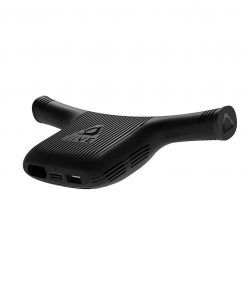
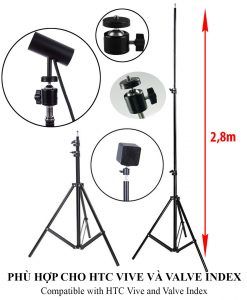
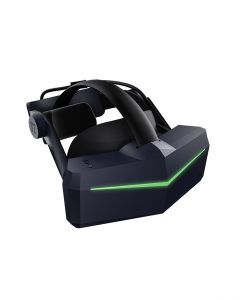
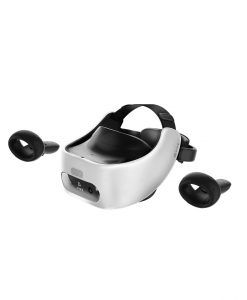





Show reviews in all languages (1)
There are no reviews yet.